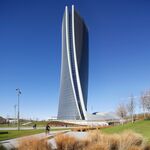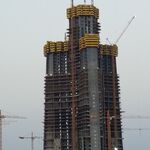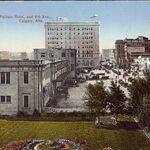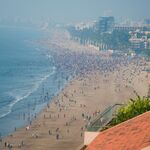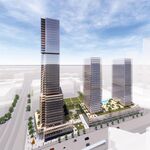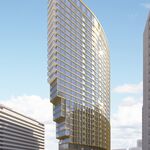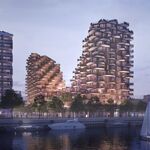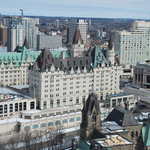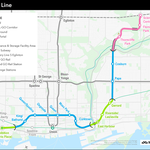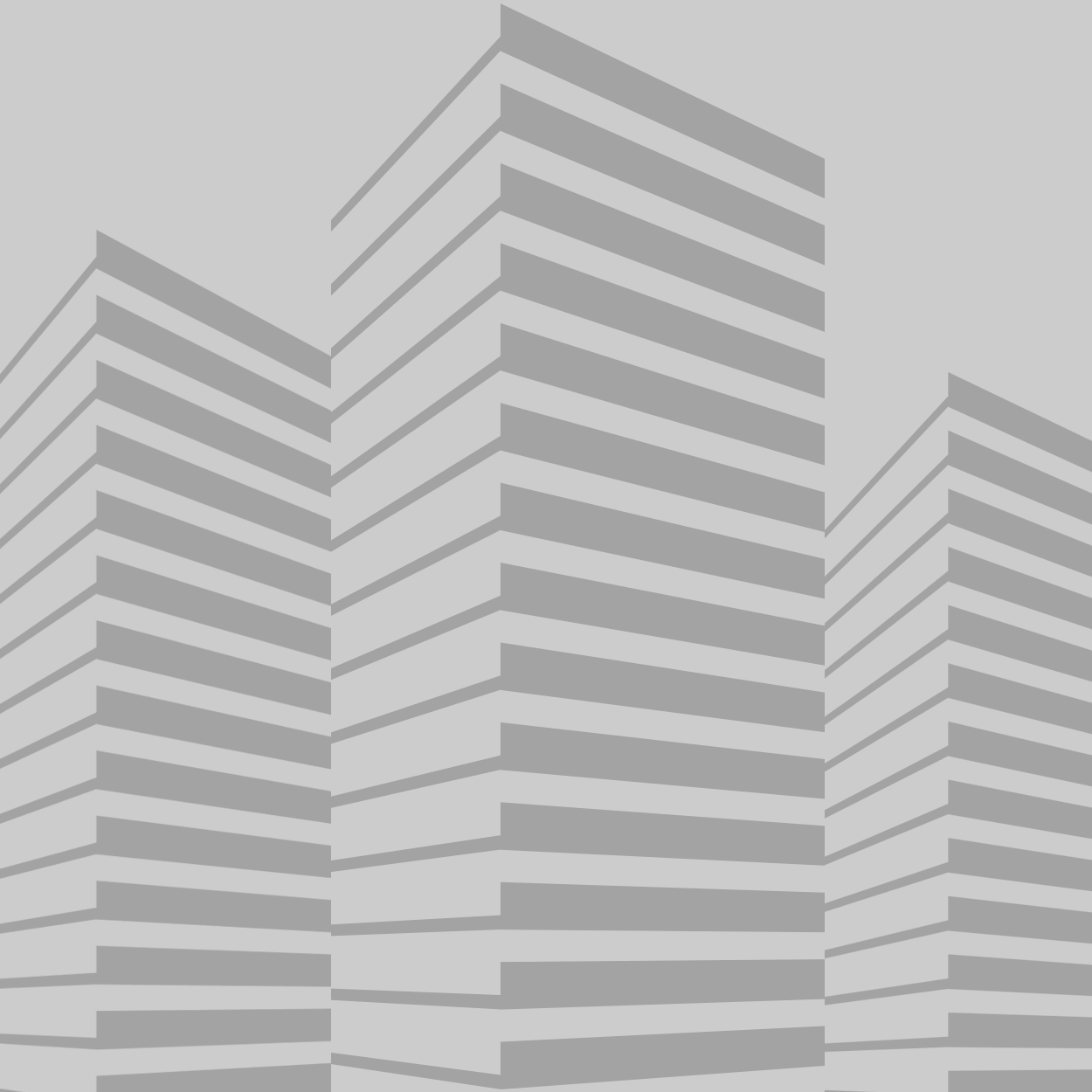Begun in 1998, the Autostadt, or "Car City," is a marvel of German engineering and a symbol of national pride within a nation long linked to industrial innovation, craftsmanship, and capital. Built over the course of two years at a reported cost of 850 DM (€435 million), the Autostadt was constructed on the 'campus' model that's been made popular by Apple and Google in the United States. The collection of ultramodern pavilions and showrooms is laid out on a clean, highly landscaped terrain, setting a high bar for this type of development. Today one of Germany's most popular tourist attractions, taking in an average of two million visitors per year, the Autostadt has become a sort of rite of passage for many Germans. The selection, purchase, and delivery of a new VW car is now an event for which thousands of customers willingly make the trip across the country to receive their personalized brand new Golf, Passat, or Beetle. A cultural touchstone of modern Germany, the Autostadt has become synonymous with German industrial pride, and the future-fantastic structures that populate the grounds are the subject of this edition of Cityscape.
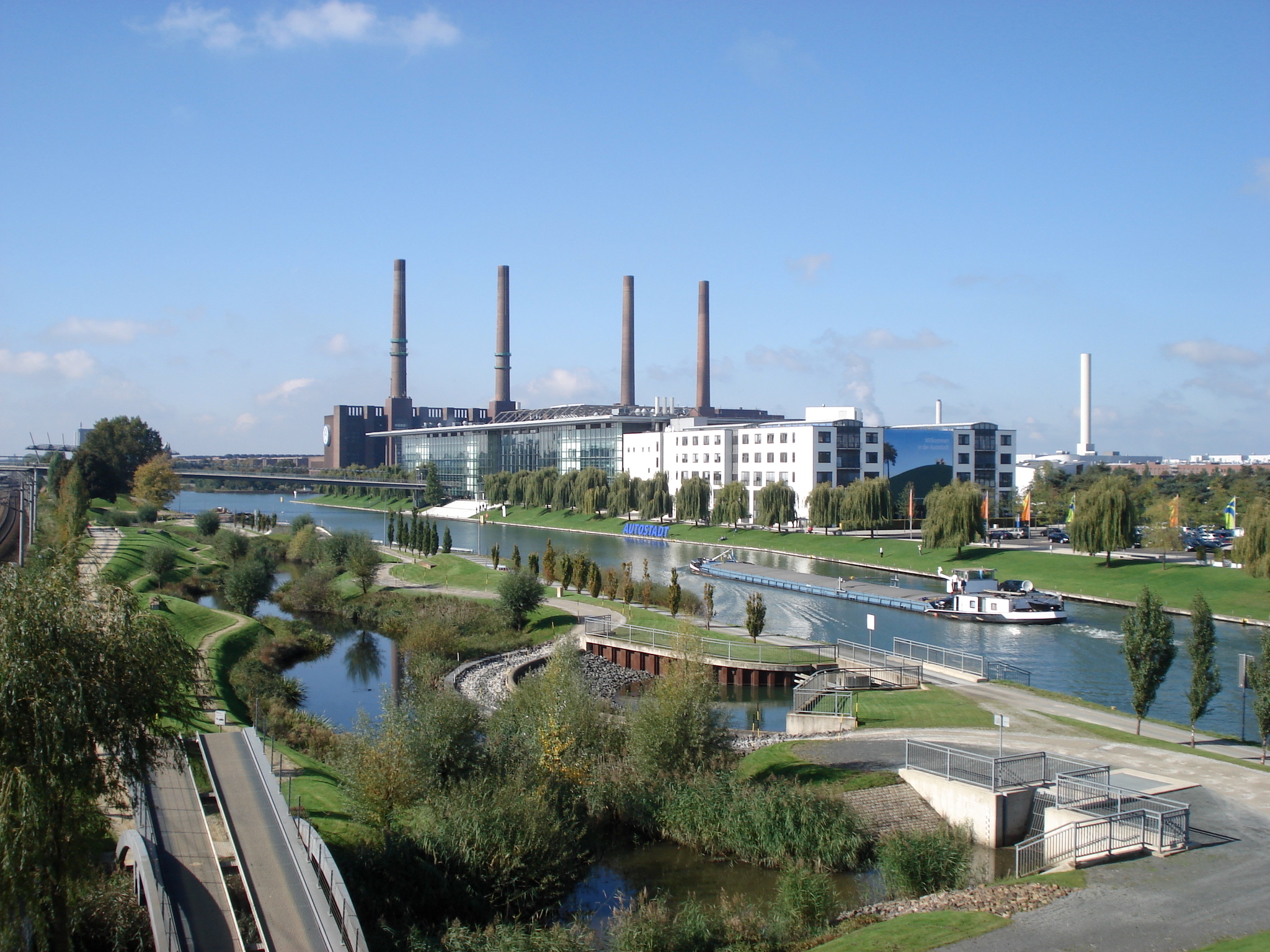 Autostadt, central campus and power plant, image by Flickr user Marco Fieber via Creative Commons
Autostadt, central campus and power plant, image by Flickr user Marco Fieber via Creative Commons
Founded on July 1, 1938, as the Stadt des KdF-Wagens bei Fallersleben (City of the KdF Car at Fallersleben), modern day Wolfsburg was created as the birthplace of Volkswagen. A source of national pride during the Third Reich, the city was renamed to "Wolfsburg" following the German defeat in WWII, thus realigning its identity with the castle of the same name, as opposed to the large VW factory that had come to define the city since its 1938 rededication.
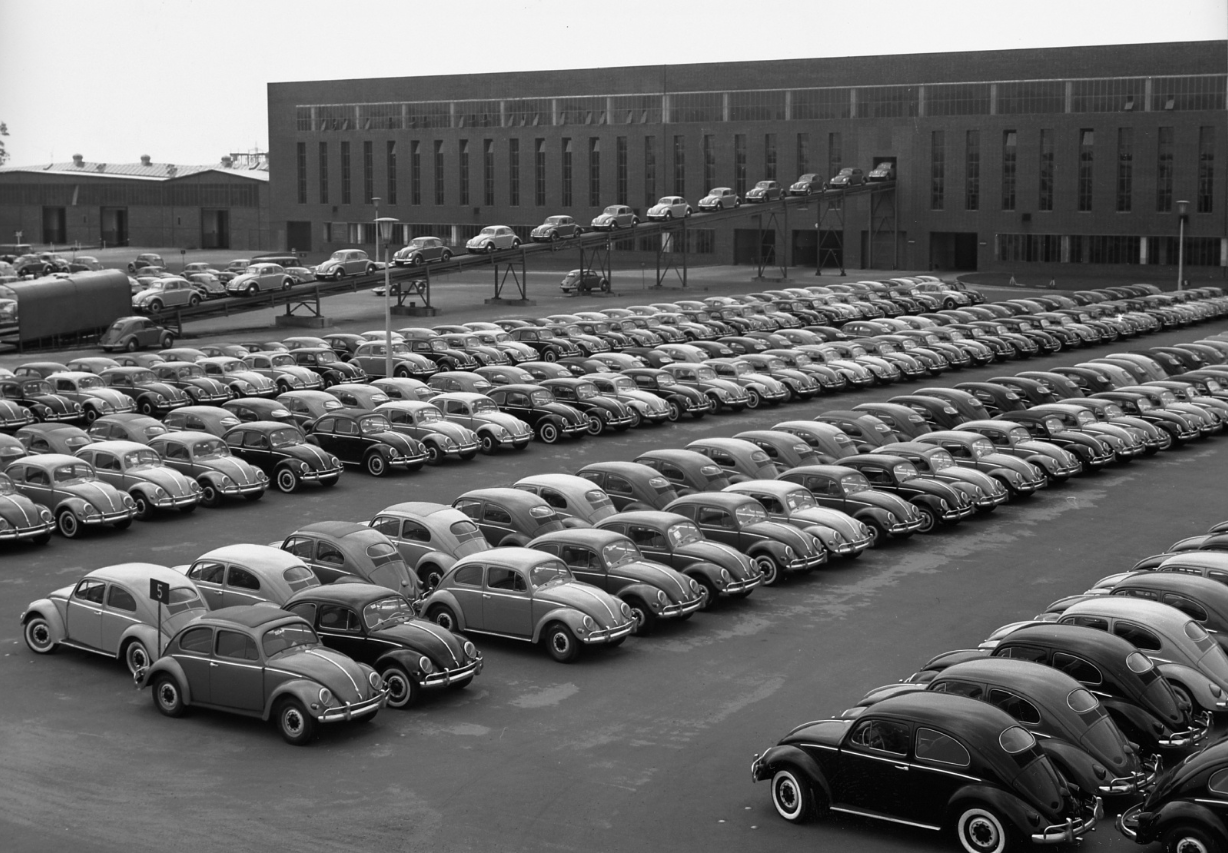 Newly completed VW Beetles emerging from the factory, c. 1950s, public domain archival image
Newly completed VW Beetles emerging from the factory, c. 1950s, public domain archival image
It was not long before the rebuilt city once again started up production, meeting the insatiable desire for automobiles during the car-crazed years of the 1950s and beyond, pushing the factory to its upper limits of production. In 1955, Wolfsburg celebrated the production of VW's one millionth car, as the Beetle had by then become a staple of nearly every working- to middle-class German household.
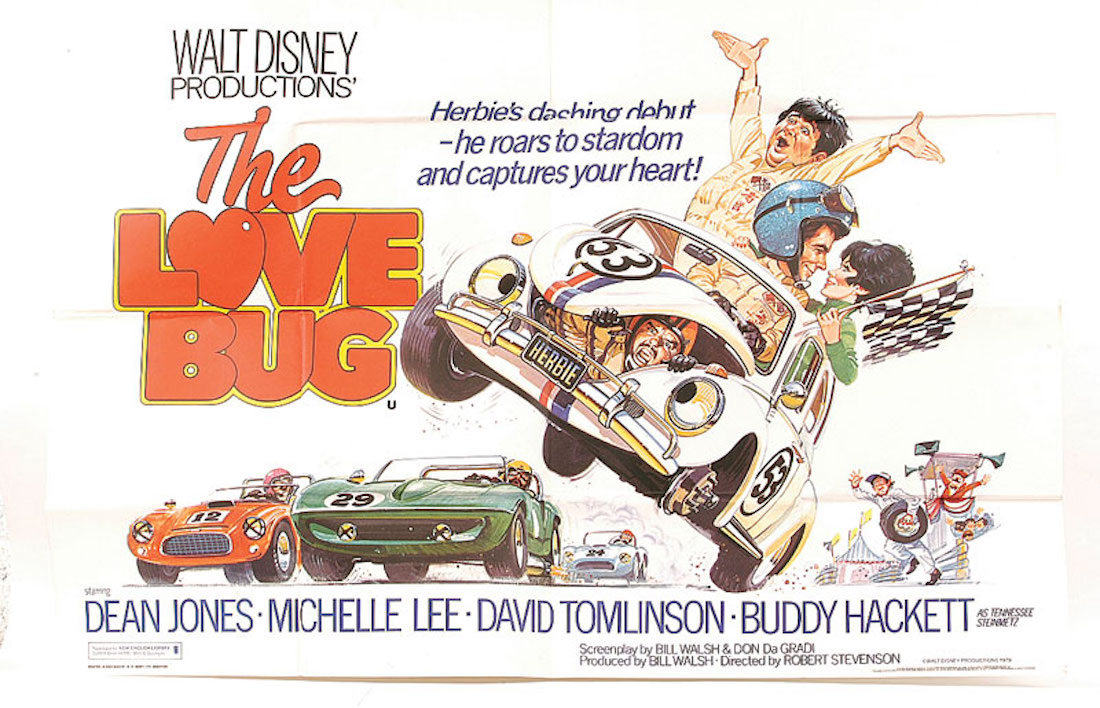 "The Love Bug," 1968, Walt Disney Productions, original movie poster
"The Love Bug," 1968, Walt Disney Productions, original movie poster
Building on the company's postwar international popularity and established reputation for building quirky yet cleverly designed compact sedans, family cars, and camper vans, Volkswagen's place in the cultural landscape helped the German manufacturer quickly regain a positive, nationalistic character. The company's ability to shed its negative wartime connotations and recapture the spotlight as a marker of modern Germany was a central part of the nation's postwar narrative. Following Reunification, VW's fortunes, along with those of Germany as a whole took off, and the decision to reimagine the utilitarian VW factory into the Autostadt was part of a larger nationwide effort to recast Germany as a 21st-century world power.
 VW Museum and Factory, Autostadt, image by Flickr user Lindspetrol via Creative Commons
VW Museum and Factory, Autostadt, image by Flickr user Lindspetrol via Creative Commons
The VW Museum is a great place to begin a tour, as it contains the history of the company, and most spectacularly, of the cars produced by VW and its many subsidiaries — Audi, Porsche, Lamborghini, Skoda, Bentley, SEAT, and others — over the course of the last century. A sight to behold for car enthusiasts of all stripes, the Autostadt's collection of vintage European cars is one of the best in the world.
 1966 VW Microbus, Autostadt Museum, image by Flickr user pilot_micha via Creative Commons
1966 VW Microbus, Autostadt Museum, image by Flickr user pilot_micha via Creative Commons
Moving on from the museum, past the Lernpark children's racetrack, complete with mini electric VW Beetles, one finds themselves at the Bentley Pavilion, the first of many architecturally unique pavilion buildings that dot the campus. Reminiscent of a space-aged hobbit house, the Bentley Pavilion, along with the Lamborghini Pavilion, is home to some of the most expensive luxury cars on offer at the Autostadt.
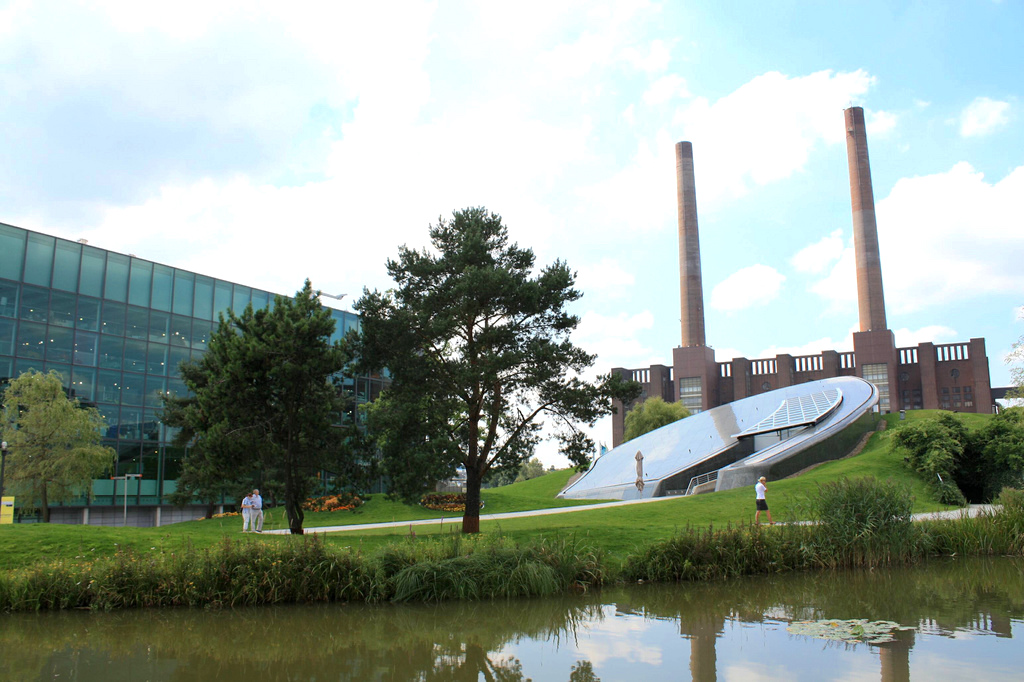 Bentley Pavilion, found just outside the museum, image by Flickr user funky1opti via Creative Commons
Bentley Pavilion, found just outside the museum, image by Flickr user funky1opti via Creative Commons
For fans of Porsche, the company with the deepest historic roots with VW (think Porsche 914 for an example of their past collaborative efforts), the Porsche Pavilion is an absolute must. Arguably the most elegant structure found at the Autostadt, the pavilion is defined by sleek curves reminiscent of those found on the company's iconic 911 model, and is joined by a shallow reflecting pool, complete with automated water jets set to a timer.
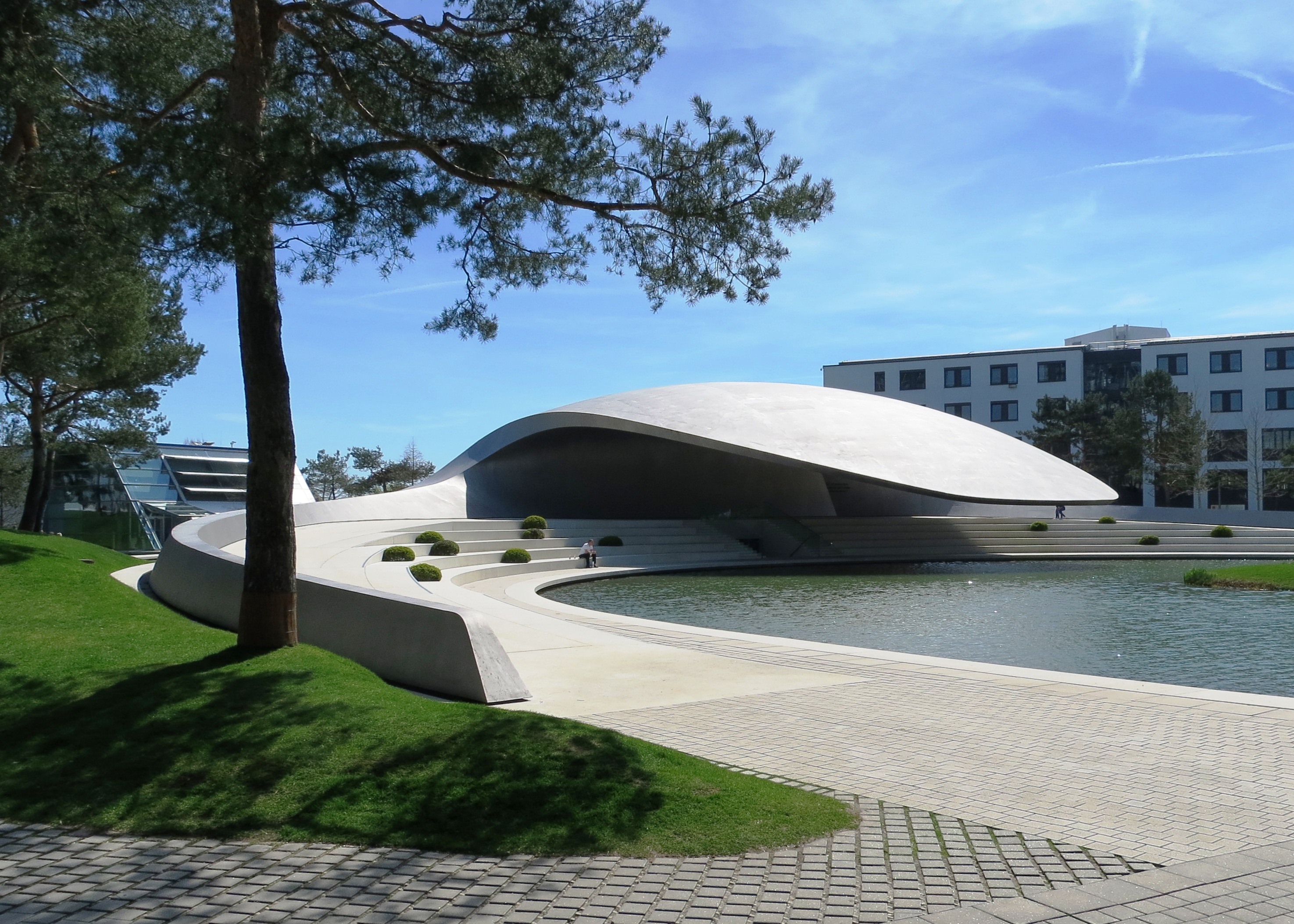 Porsche Pavilion, Autostadt, image by Charles01 via Wikimedia Commons
Porsche Pavilion, Autostadt, image by Charles01 via Wikimedia Commons
Once inside, visitors are greeted with a cascading waterfall of successive Porsche models, from 356 to 918 and everything in between. The waterfall spirals downwards from the entrance to the lowest level, where one can see life-size examples of the famous German sports car.
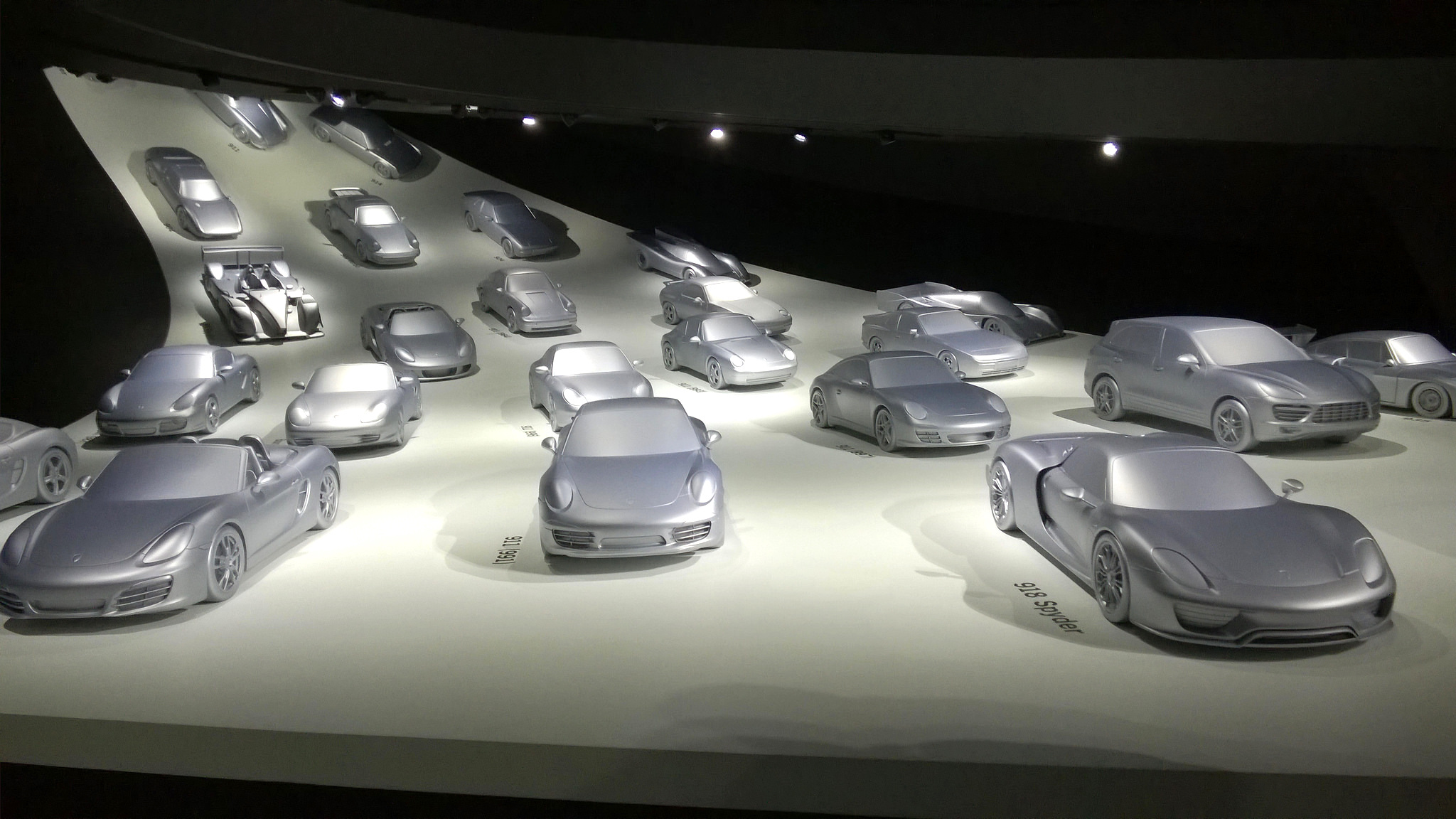 Porsche Waterfall, Porsche Pavilion, Autostadt, image by Flickr user Clemens Vasters via Creative Commons
Porsche Waterfall, Porsche Pavilion, Autostadt, image by Flickr user Clemens Vasters via Creative Commons
Back outside, the adjacent SEAT and Audi Pavilions, both stark white with curvilinear exterior walls, feature the latest models of their respective brands. Owing to its status as the upmarket VW offering, the Audi pavilion is the more impressive of the two, featuring a planetarium-esque vibe, complete with an interactive brand marketing program modeled after a solar system in which customers can find their perfect Audi based on a series of questions.
 Audi Pavilion (left) and Seat Pavilion (right), image by Ingo2802 via Wikimedia Commons
Audi Pavilion (left) and Seat Pavilion (right), image by Ingo2802 via Wikimedia Commons
Those looking for a truly authentic Autostadt experience will find no substitute for the iconic car silos, or AutoTürme. The twin 200-foot (60-metre) automobile storage silos are operated by automated robotic lifters, which are able to raise, lower, place, and retrieve cars from any spot within, a genuine marvel of modern engineering.
 AutoTürme, Autostadt, image by Ingo2802 via Wikimedia Commons
AutoTürme, Autostadt, image by Ingo2802 via Wikimedia Commons
The star attraction, especially for those who have come from across the country to pick up their new Volkswagen (the silos are reserved for VW products only), the AutoTürme is truly a sight to behold, the view from within like something out of science fiction. For the grand finale to any VW automobile purchase, customers are brought at tour's end to the AutoTürme, where their shiny new car is plucked from the honeycomb hive within, and presented with all the pomp and circumstance of a game show prize.
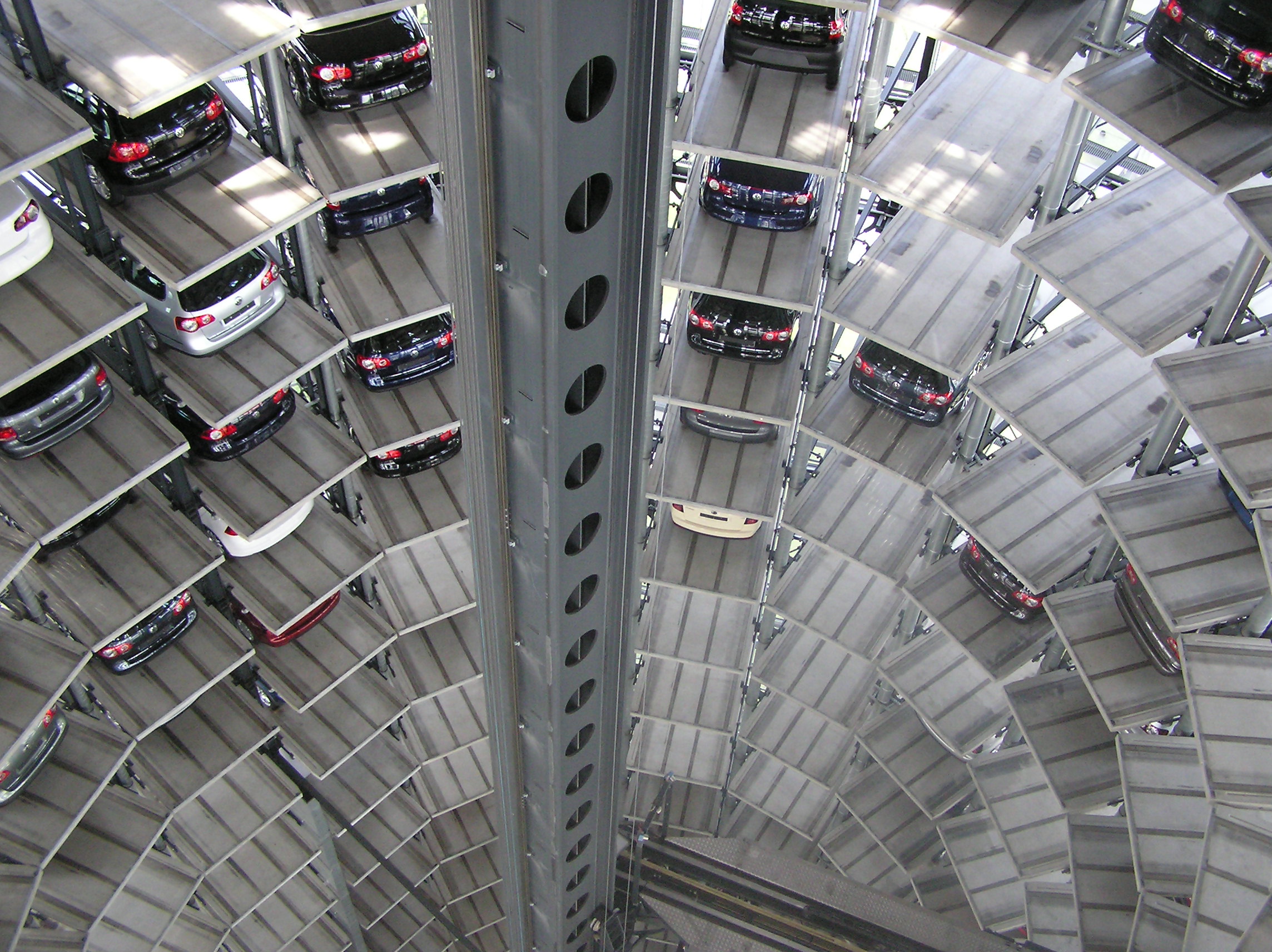 AutoTürme, interior view with robotic lifter arm (bottom right), image by Flickr user Rolf-Werner Imhoff via Creative Commons
AutoTürme, interior view with robotic lifter arm (bottom right), image by Flickr user Rolf-Werner Imhoff via Creative Commons
The tour concluded, one last glimpse of the Autostadt serves as a parting reminder that the ultramodern VW factory and campus is much more than simply a marketing gimmick or local attraction, it is a way of life for thousands of workers, a symbol of modern Germany, and a hallmark of the nation's trademark industrial innovation and pride.
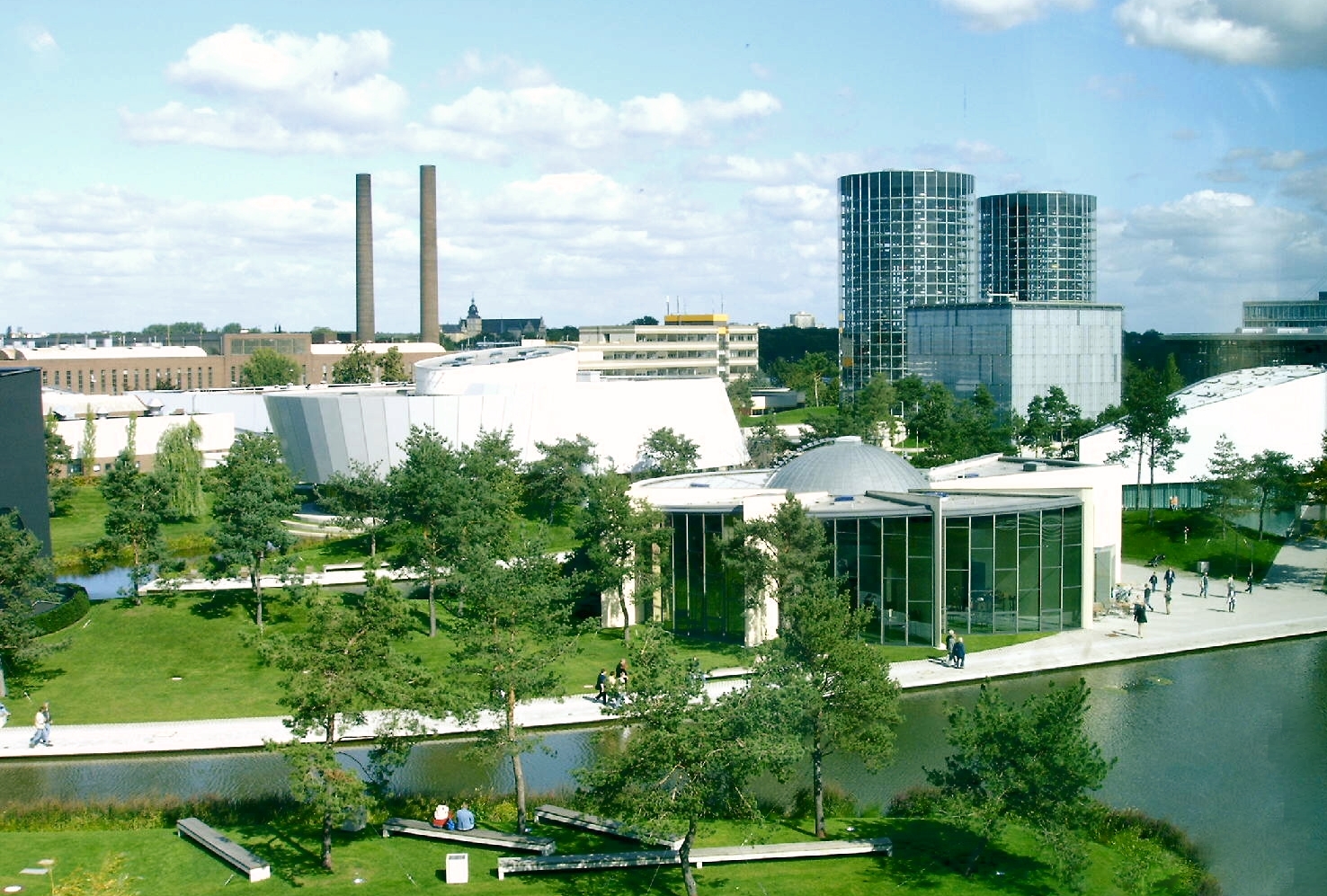 Autostadt, Pavilions, Factory, and AutoTürme, image by Christoph Radtke via Wikimedia Commons
Autostadt, Pavilions, Factory, and AutoTürme, image by Christoph Radtke via Wikimedia Commons
Cityscape will return soon with a new installment, and in the meantime, SkyriseCities welcomes new suggestions for additional cities and styles to cover in the weeks to come. Got an idea for the next issue? Let us know!

 4.7K
4.7K 












